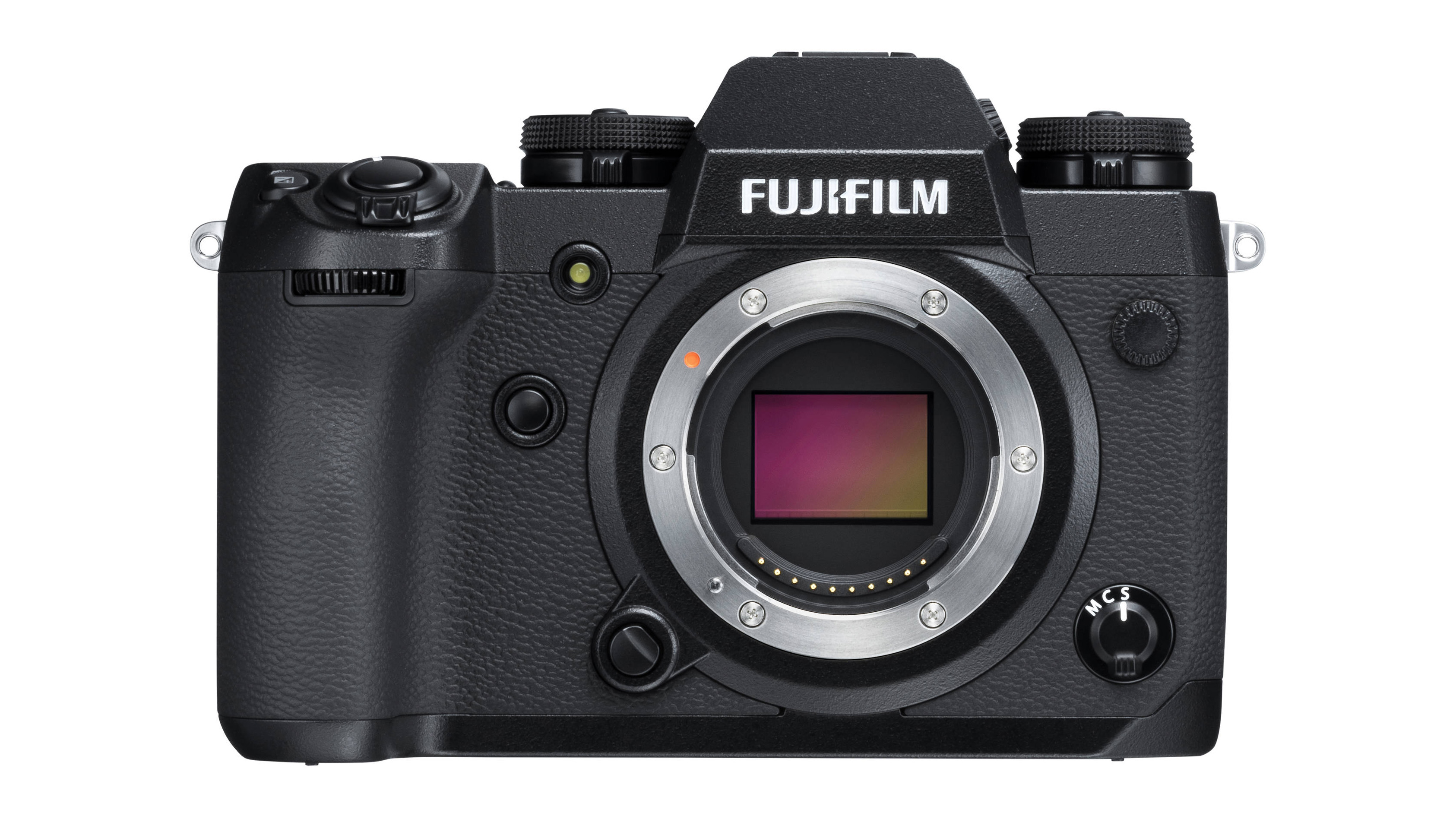Will the Fujifilm X-H2 have 40 million pixels? Fresh rumors surface
The Fujifilm XH1 was the company’s first attempt at a fast and rugged pro X-mount camera – are we about to see another?

New rumors have emerged around the Fujifilm X-H2, and we can thank the eagle-eyed folk at Fuji Rumors for the latest tip, which suggests the X-H2 might get a new 40MP APS-C sensor.
Fujifilm has already announced a new ‘flagship’ X-mount camera will be coming in 2022, and that it will have a stacked, back-illuminated X-Trans CMOS sensor. Fujifilm fans are putting two and two together and taking this to be a new Fujifilm X-H2.
The speculation appears to be based on Sony’s published specs for a 43-megapixel APS-C sensor – Sony is by far the biggest maker of camera sensors, and makes the sensors used in many other brands of cameras.
However, this 43MP resolution doesn’t quite align with the latest X-H2 talk, which describes a 40MP sensor instead. Is it close enough to mean the same thing? We’re not so sure – and there have been plenty of times in the past when Sony has announced sensor designs that we’ve yet to see in a camera.
What’s certainly true is that if the new camera has 8K video, as is being suggested, then Fujifilm’s existing 26.1MP X-Trans sensor won’t be enough – its horizontal resolution is only around 6K, not 8K.
Fujifilm X-H2 latest rumors
• The Fujifilm X-H2 will be here in 2022, or at least Fujifilm’s new ‘flagship’ camera will.
• The new camera will have a stacked BSI X-Trans sensor (official info from Fujifilm)
The best camera deals, reviews, product advice, and unmissable photography news, direct to your inbox!
• The sensor will be 40MP. This rumor appears to come from several sources, and WOULD give the horizontal resolution needed for 8K video
• The X-H2 will shoot 8K video, possibly at 60p. This is unconfirmed, but it’s safe to say that Fujifilm will need to do something to upstage the highly competent X-T4
Fujifilm X-H2: what we’d like to see
• 8K video, just to keep Fujifilm at the forefront of video capture with Canon and Sony
• A bigger battery or integrated grip, to provide better balance with big lenses and longer battery life on a shoot
• The same top LCD panel used on the X-H1 and the GFX medium format cameras
• 7-stop IBIS – or better!
• Continuous shooting at least as fast as the X-T4, but with a massive buffer depth
Why do we need a Fujifilm X-H2?
For a long time the Fujifilm X-T4 has been Fujifilm’s flagship X-mount camera, but it hasn’t always been this way. Back in 2018, the company launched the Fujifilm X-H1, a rugged pro camera with a heavy focus on new (for then) video capabilities but also designed for professional stills photography too. It incorporated a top-panel LCD, just like Fujifilm’s medium format cameras, and was the first Fujifilm camera to have in-body stabilization.
The X-H1 was never exactly discontinued, but it faded from view as the Fujifilm X-T3 and X-T4 stepped up with features and performance that left it in the shade.
But lots of people were impressed with the X-H1, us included, and the prospect of a new X-H2 is not only very tantalizing, but seems to be gaining in likelihood as the rumor-mongering intensifies.
Read more:
• Best Fujifilm cameras
• Best mirrorless cameras
• Best 4K cameras for video
• Best professional cameras
• Fujifilm X-H1 review

Rod is an independent photography journalist and editor, and a long-standing Digital Camera World contributor, having previously worked as DCW's Group Reviews editor. Before that he has been technique editor on N-Photo, Head of Testing for the photography division and Camera Channel editor on TechRadar, as well as contributing to many other publications. He has been writing about photography technique, photo editing and digital cameras since they first appeared, and before that began his career writing about film photography. He has used and reviewed practically every interchangeable lens camera launched in the past 20 years, from entry-level DSLRs to medium format cameras, together with lenses, tripods, gimbals, light meters, camera bags and more. Rod has his own camera gear blog at fotovolo.com but also writes about photo-editing applications and techniques at lifeafterphotoshop.com



